This Post May Contain Affiliate Links. Please Read Our Disclosure Policy.
A little spicy and incredibly savory, this sheet-pan gochujang chicken recipe is an easy way to prepare a classic Korean BBQ dish right in your own kitchen. The rich umami of the simple gochujang sauce is the real star of the show, supported by juicy chicken thighs and tender baby potatoes, all oven-roasted to perfection.
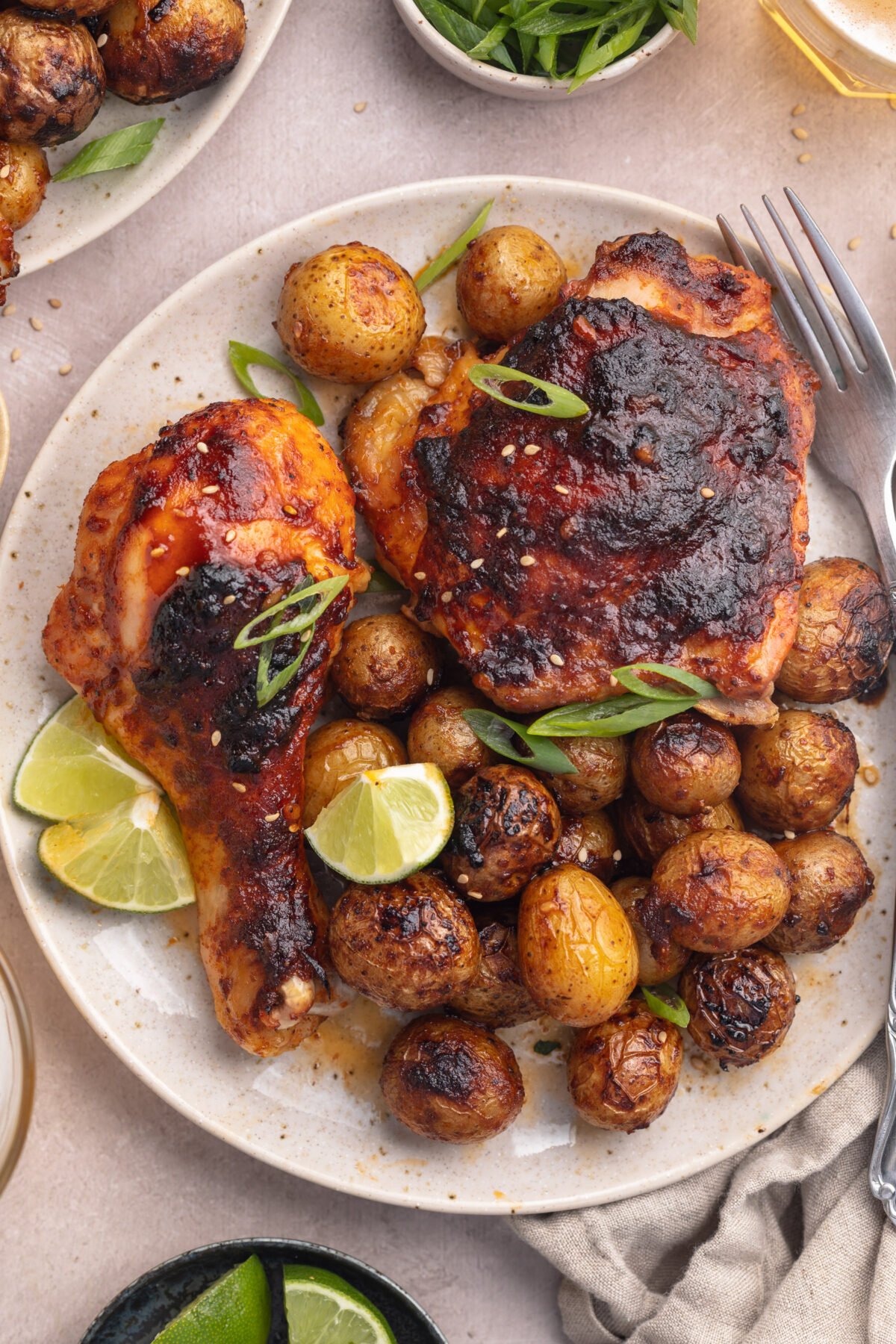
🌶️ What Makes This Recipe So Good
- Spicy, savory, slightly-sweet gochujang is a staple of authentic Korean cooking. The beautifully-crimson paste is typically a blend of ingredients like Korean chili flakes or powder (known as gochugaru and made from dried red chile peppers), salt, sticky rice, and fermented soybeans. Gochujang has an unbelievable flavor depth that really makes this entire dish the mouth-watering recipe that it is! If this is your introduction to gochujang, well then, you are WELCOME.
- Since this is a sheet-pan meal, gochujang chicken is not only super easy to make, it’s even easier to clean up. The total cook time clocks in under an hour, making this a great dish for busy weeknights, “I forgot to thaw something else” nights, or even spur-of-the-moment entertaining! No mountain of dishes waiting for you after dinner, either.
- If you don’t have baby potatoes on hand, you can swap them out for any of your favorite veggies. Carrots, broccoli, butternut squash – they’d all work well here. You can also skip the veggies entirely and stick to just the chicken thighs, serving them with a bed of rice or tender noodles. Even lettuce cups would work well as long as you remove the chicken from the bone first!
👩🍳 Chef’s Tips
- For a deeper flavor, and if you’ve got the prep time to spare, consider a marinade! Double the gochujang sauce and use it to marinate the chicken thighs for at least 30 minutes – though an hour would be better if you can swing it. If not, no worries. Even just 30 minutes would impart that much more flavor into the chicken itself. I like to marinate my food in a glass mixing bowl (or glass dish) with a lid, but a food-safe sealable plastic bag would also work well. Put the chicken and marinade in the fridge if you’re going longer than 30 minutes!
- Store-bought grated ginger would work fine, but I really prefer the flavor of ginger that’s freshly grated! It’s super easy to do, too. Just use a vegetable peeler or sharp knife to remove the papery skin. Once it’s peeled, grate the ginger using a handheld grater, or the small holes on a cheese grater. Just be careful not to get your fingers too close to the blades!
- I add a little freshly squeezed lime juice to my gochujang chicken and potatoes right before eating it, but you’re welcome to skip that part! To me, the citrusy lime juice amplifies the savory flavors in the gochujang sauce, making them that much more pronounced. The lime wedges add a nice pop of color to the final presentation, too!
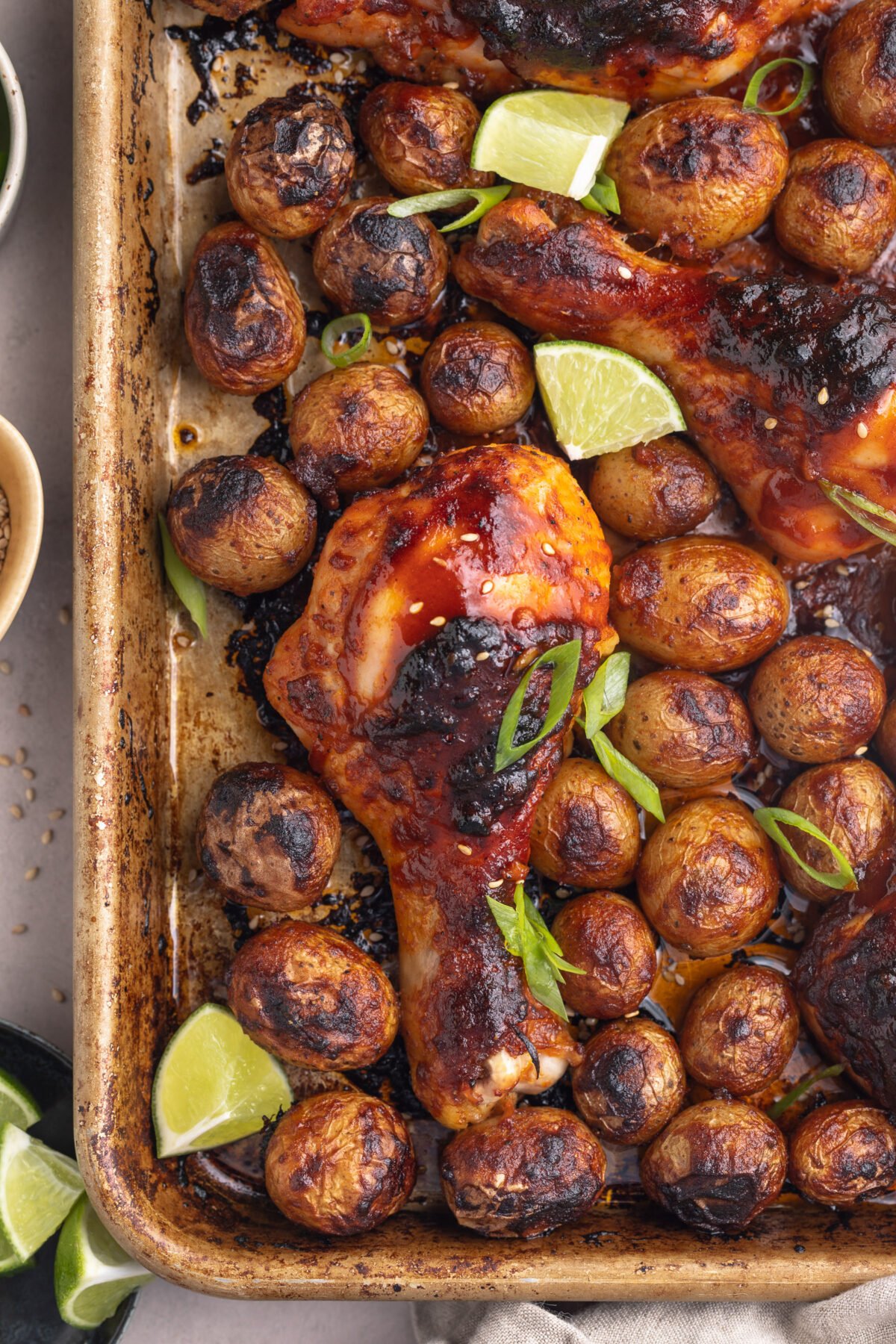
🥘 Even More One-Dish Wonders!
- Honey Chipotle Salmon BBQ Nachos
- Sheet Pan Steak and Fries (with Microwave Bearnaise Sauce)
- Instant Pot Jambalaya
- Crispy Baked Hot Honey Chicken
- Burrito Suizo
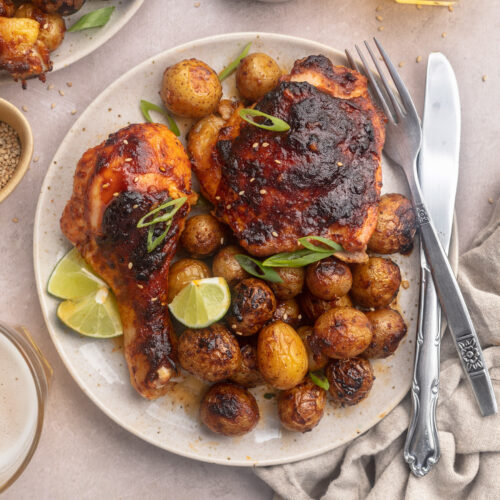
Sheet-Pan Gochujang Chicken
Equipment
- large sheet pan
- neutral-flavored spray oil or butter, to grease pan
- Paper towels
- medium mixing bowl
- whisk or mixing spoon
- large mixing bowl
- Basting Brush or re-use mixing spoon
- internal meat thermometer
Ingredients
For the Chicken
- 8 medium bone-in, skin-on chicken thighs approximately 2-2 ½ pounds, see Notes for chicken breasts
- salt to taste
- black pepper to taste
For the Gochujang Sauce
- ⅓ cup gochujang see Notes
- ¼ cup olive oil
- 2 cloves garlic grated
- 1 1-inch piece fresh ginger peeled, grated
- 2 tablespoons soy sauce
- 1 tablespoon sesame oil
- 1 ½ pounds baby potatoes rinsed, scrubbed, dried
Serving Suggestions
- sliced scallions
- lime wedges optional
- sesame seeds optional
Instructions
- Preheat oven to 425° Fahrenheit. Reposition oven racks if needed so that sheet pan sits in middle of oven. Lightly grease large sheet pan with spray oil or butter.
- Pat chicken thighs completely dry with paper towels, then place chicken on prepared baking sheet. Generously season tops of chicken thighs with salt and black pepper, then flip chicken thighs over and season other side. Rearrange chicken thighs as needed to prevent overlapping or overcrowding, then set baking sheet aside.
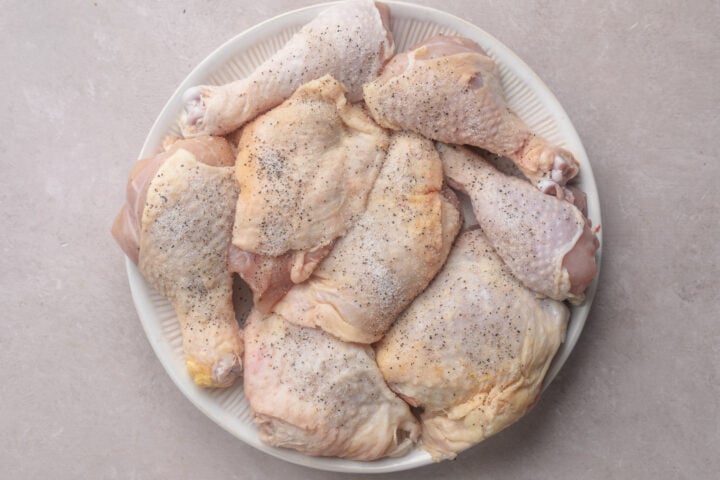
- Add gochujang, olive oil, garlic, ginger, soy sauce, and sesame oil to medium mixing bowl. Stir well until ingredients are fully combined.
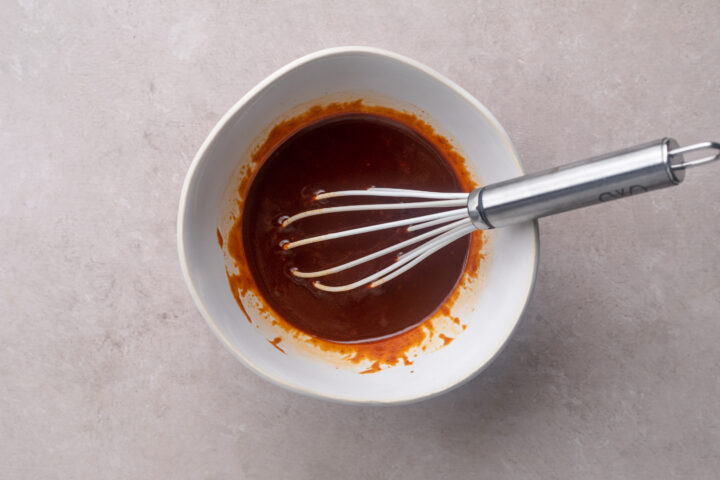
- Place rinsed and dried potatoes in large mixing bowl. Add ¼ cup of prepared gochujang sauce to bowl with potatoes, then toss potatoes until fully coated in sauce.
- Transfer potatoes to baking sheet with seasoned chicken thighs. Arrange potatoes around chicken thighs so chicken isn't covered, to ensure even cooking. Brush tops of chicken thighs with remaining prepared gochujang sauce.
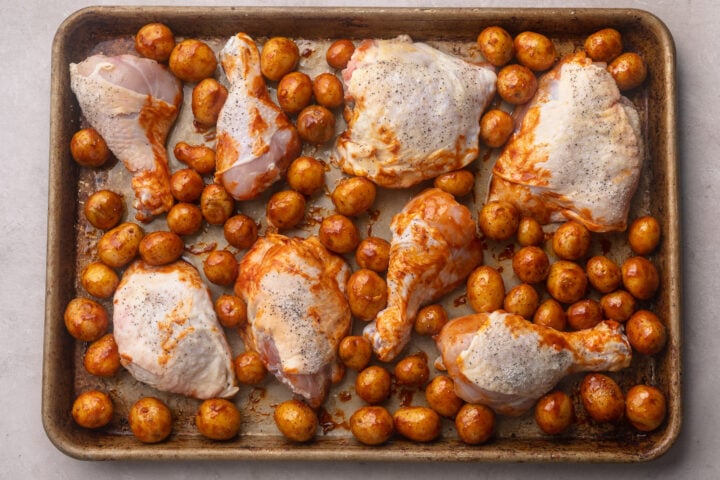
- Place baking sheet in preheated oven. Oven-roast chicken and potatoes 35 minutes, then begin checking doneness by inserting internal meat thermometer into thickest areas of chicken thighs. Continue roasting chicken as needed until internal temperature reaches 160° Fahrenheit.
- When chicken reaches desired internal temperature, carefully remove baking sheet from oven and set aside. Allow chicken to rest 5 minutes, then divide chicken and potatoes into preferred servings, top with sliced scallions, and serve immediately.
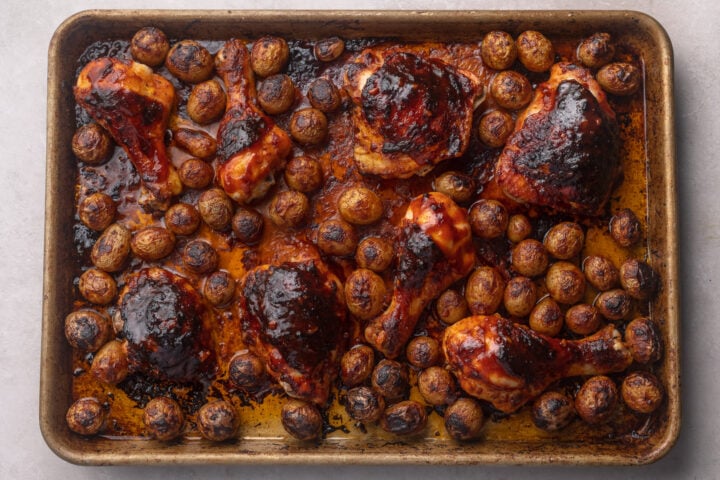
- Gochujang: This fermented paste is made with red chile peppers, and the heat levels will vary from brand to brand. If you’re heat-averse, be sure the gochujang you use is on the mild side! The packaging should indicate how intense it will be.
- Chicken Breasts: If you want to use chicken breasts, use 4 large chicken breasts sliced in half horizontally to create 8 cutlets. Be sure take the chicken breasts out of the oven as soon as they reach 160° Fahrenheit.
- Leftovers: Allow leftovers to cool completely, the refrigerate them in an airtight container up to 3 days. Reheat on the stovetop or in the oven until just warmed through.
- Make it Meatless: Instead of chicken thighs, use the gochujang sauce on baked tofu and potatoes.
- Make it Gluten Free: Use a gluten-free gochujang and a gluten-free soy sauce. You can also replace the soy sauce with coconut aminos or lite tamari.
Approximate Information for One Serving
Nutrition Disclaimers
Number of total servings shown is approximate. Actual number of servings will depend on your preferred portion sizes.
Nutritional values shown are general guidelines and reflect information for 1 serving using the ingredients listed, not including any optional ingredients. Actual macros may vary slightly depending on specific brands and types of ingredients used.
To determine the weight of one serving, prepare the recipe as instructed. Weigh the finished recipe, then divide the weight of the finished recipe (not including the weight of the container the food is in) by the desired number of servings. Result will be the weight of one serving.
Did You Make This Recipe?
Tag @40aprons on Instagram and be sure to leave a review on the blog post!

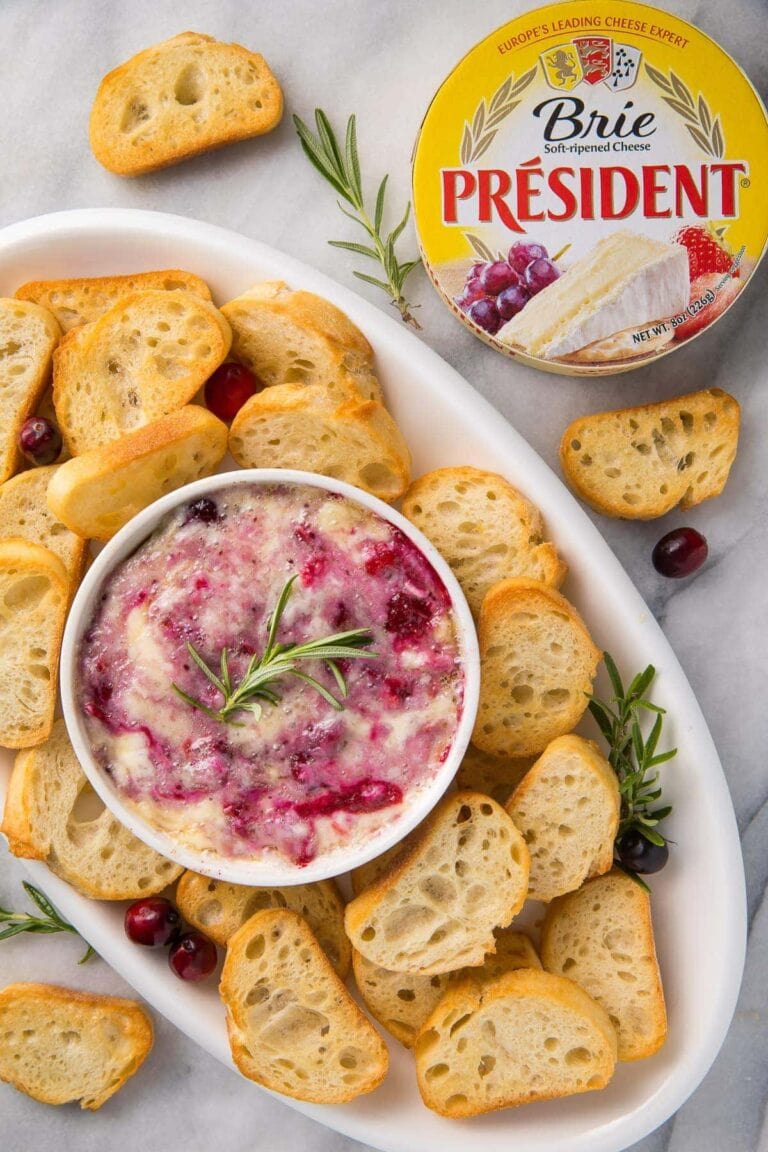
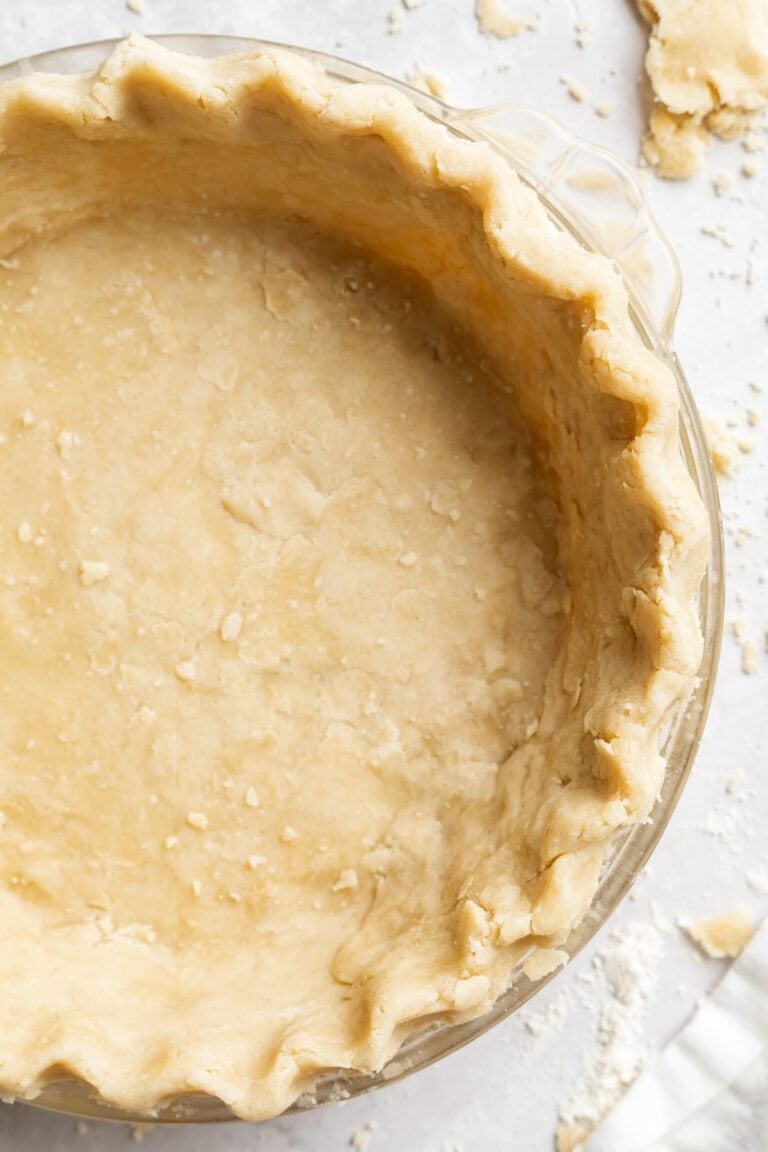

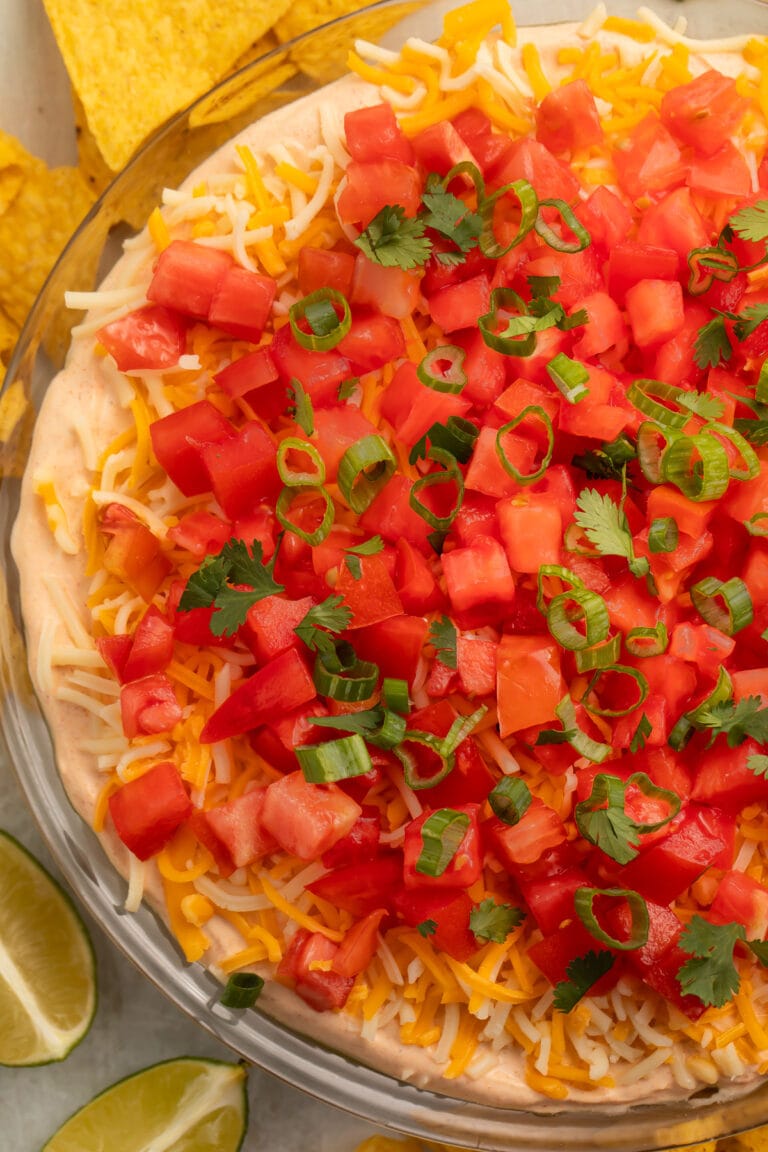
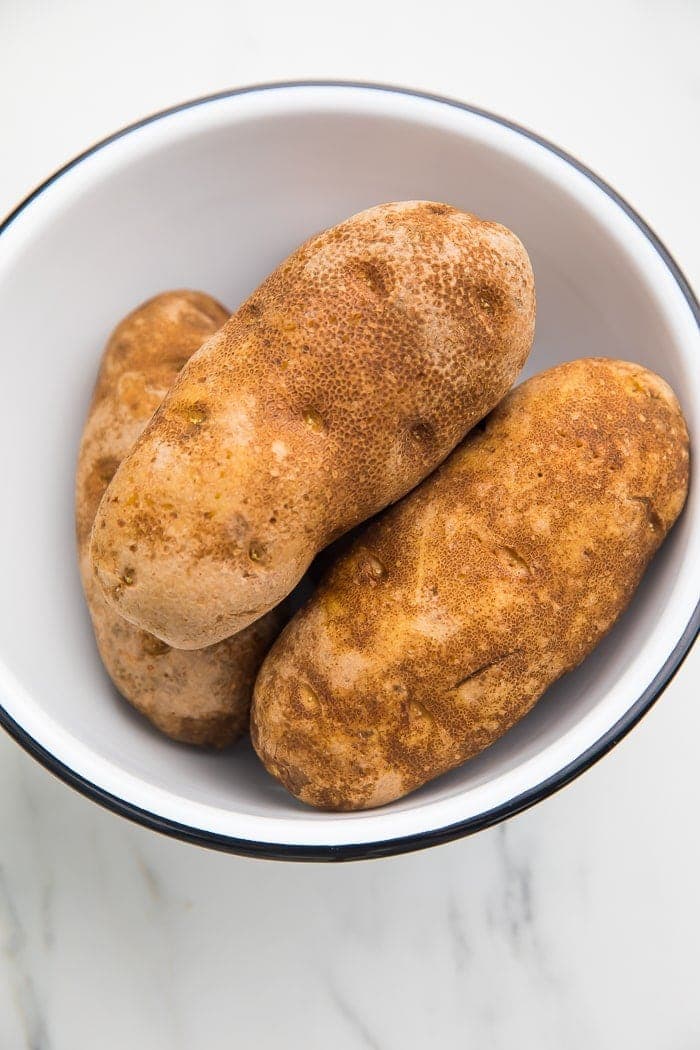











Never Miss A Meal!
New Recipes Straight To Your Inbox
A curated selection of our most recent recipes, delivered straight to your inbox once a week.
Thank you!
You have successfully joined our subscriber list.